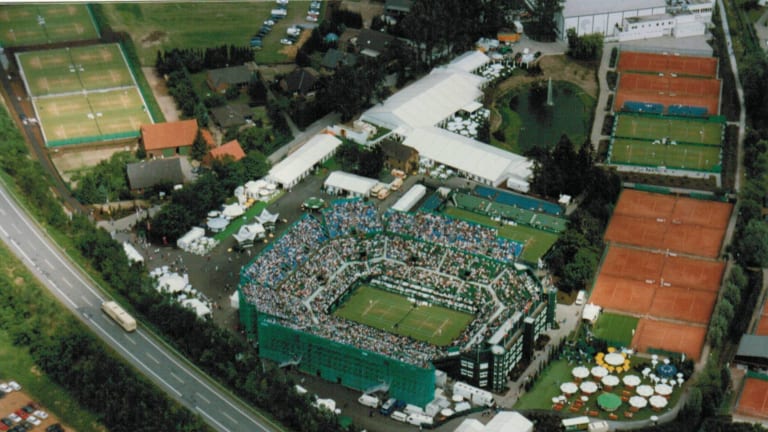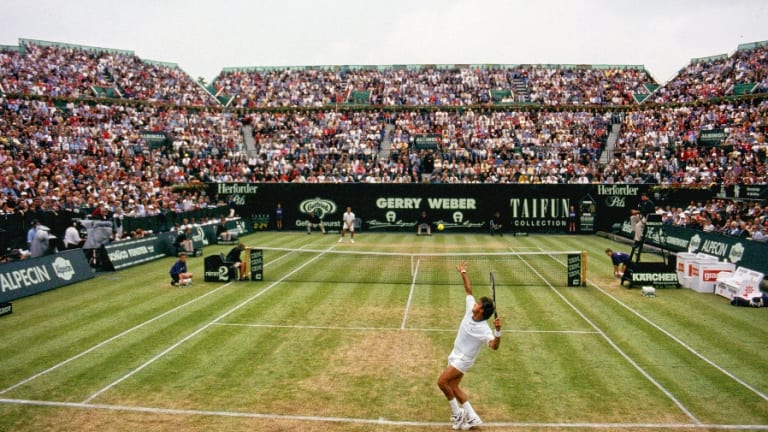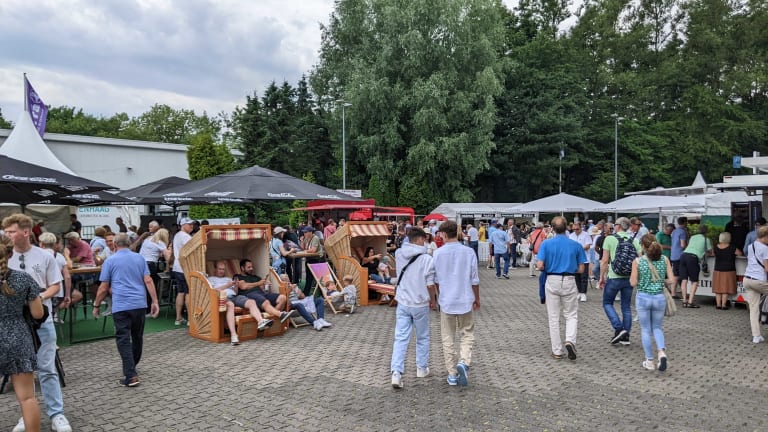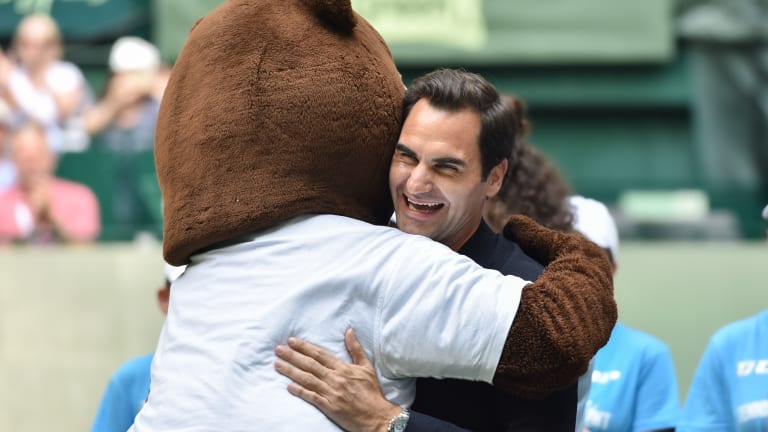Tennis.com Interview
An ATP tennis destination like no other: Halle celebrates 30 years and 3 million patrons
By Jun 23, 2023Tennis.com Interview
Tallon Griekspoor blossoms on surfaces away from his first love of clay
By Jun 21, 2023Tennis.com Interview
The Tennis Conversation: Austin Krajicek, the ATP's newest No. 1-ranked doubles player
By Jun 16, 2023Tennis.com Interview
Twenty years ago, the Bryan brothers broke through at Roland Garros
By Jun 10, 2023Tennis.com Interview
For Marc Maury, the voice of Roland Garros, passion and profession converge
By Jun 09, 2023Tennis.com Interview
The Lottery: Camila Osorio hits (belated) jackpot, makes most of second life at Roland Garros
By May 31, 2023Tennis.com Interview
The Tennis Conversation: Arthur Fils and Luca Van Assche, the ATP's two top-ranked teens
By May 29, 2023Tennis.com Interview
Holding Court with...Jamea Jackson
By May 24, 2023Tennis.com Interview
Five Minutes With... Veronika Kudermetova on romance novels, self-care and coaching plans
By May 12, 2023Tennis.com Interview
Five Minutes With… Grigor Dimitrov: “It's important to take as many time-outs as you need”
By May 11, 2023Tennis.com Interview
An ATP tennis destination like no other: Halle celebrates 30 years and 3 million patrons
Nestled in the charming countryside of northwest Germany, the innovative grass-court tournament adored by players and fans alike has achieved three decades of excellence.
Published Jun 23, 2023
Advertising
Advertising

An aerial view of the inaugural ATP Halle event.
© TERRA WORTMANN OPEN
Advertising

Henri Leconte holds the distinction as Halle's first singles champion after defeating Andrei Medvedev in the 1993 final.
© TERRA WORTMANN OPEN
Advertising

There's something for everyone on the grounds.
© Matt Fitzgerald
Advertising
Advertising

Federer hugs mascot Gerry Berry after being introduced Wednesday.
© Matt Fitzgerald